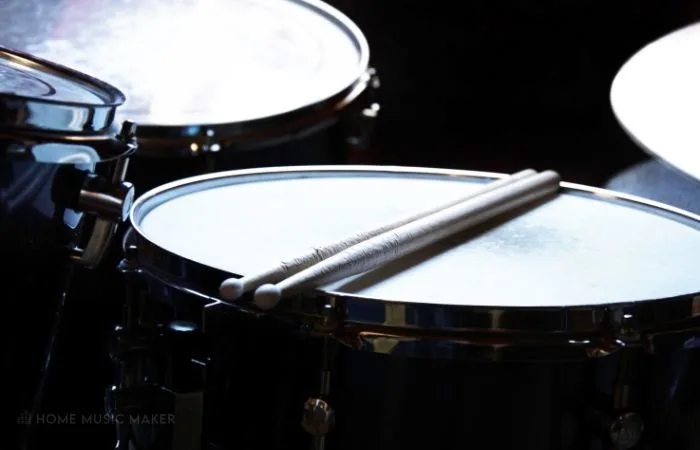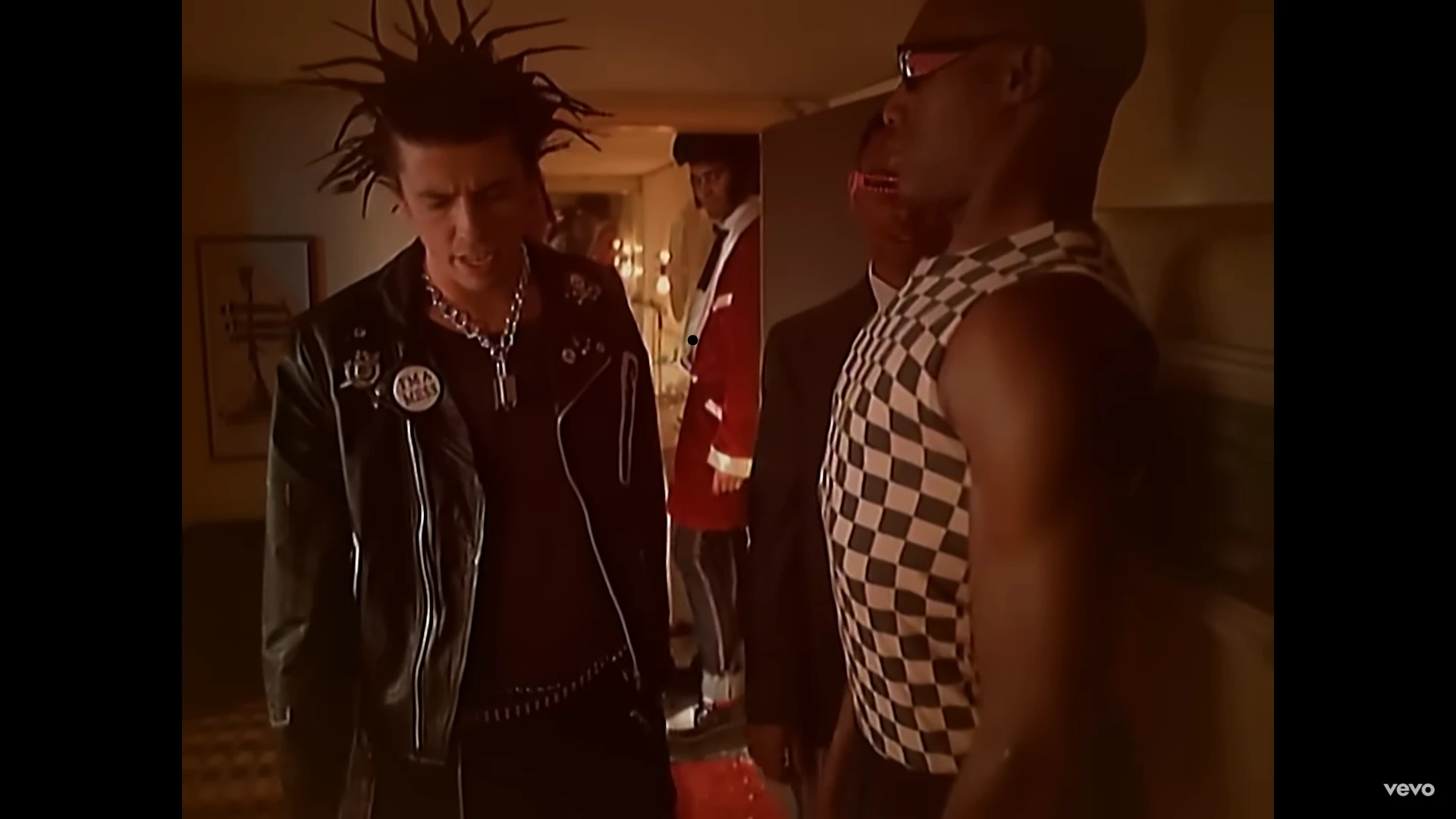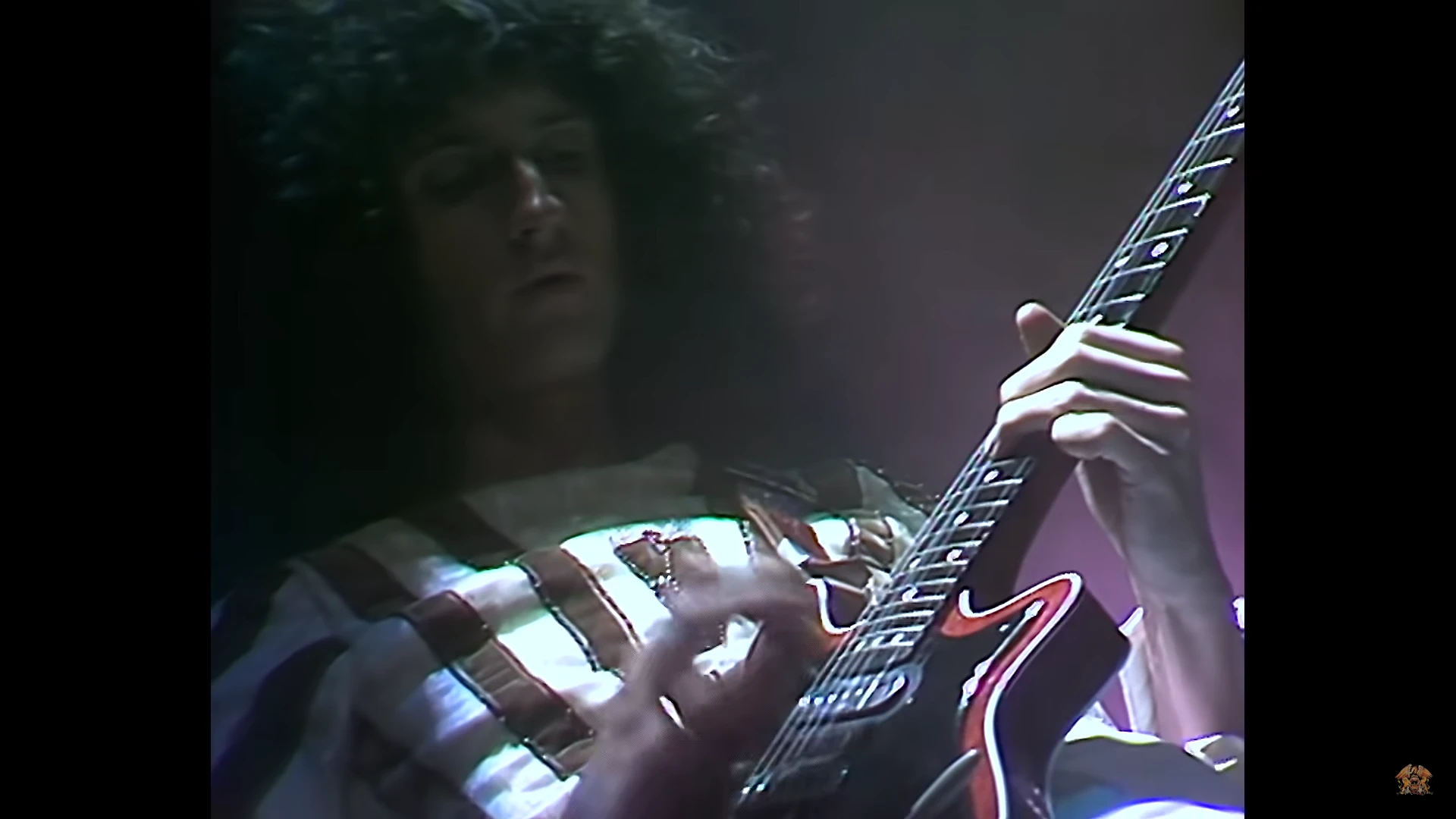| Key Takeaways |
|---|
| Understanding Rock Genre: Know the history, various sub-genres of Rock, and the instruments commonly used to create a rock sound, including vocals, guitar riffs, basslines, drum patterns, and possibly keyboards or synths. |
| Creating the Structure: A typical rock song has an intro, verse, chorus, bridge, solo, and outro. The intro sets the tone, verses tell the story, choruses are catchy, bridges offer contrast, solos showcase skills, and outros provide closure. |
| Writing Lyrics: Lyrics should convey a message or story resonating with your audience. They should be catchy and memorable, often using metaphors and imagery to create depth and emotion. Themes in Rock music often include love, rebellion, and social issues. |
| Instrumentation: The key components include a memorable vocal melody, catchy guitar riffs, solid basslines, excellent drum patterns, and possibly some keyboard or synth parts to add flavor. They all play crucial roles in creating a compelling Rock song. |
| Experimentation: Writing a rock song requires experimenting with different structures, melodies, chord progressions, and lyrics. |
Writing Rock Music
To say you want to write a Rock song is one thing, but where do you start? What specific sub-genre do you want to write in? How modern is the vibe you’re going for?
There is certainly a lot to consider, and although a Rock song doesn’t have to be technically complicated, this doesn’t make it simple to write.
To me, Rock music is a feeling. You can’t really bottle it up and say that this is the formula for a Rock song. However, there are tips and tricks to help you along the way.
In this article, we will discuss the instrumentation often found in Rock music, the lyrical themes and styles to experiment with, and the typical structure you will come across in this amazing, influential genre.

Rock Music Instrumentation
If you want to write a Rock song, you need to understand the basic instrumentation of the genre.
Here are the key components you should consider:
Vocals
As in most genres of music, the vocals are the focal point of the song. This is where you have all your catchy melodies and memorable moments. It’s the most effective way to connect emotionally with the listener.
We will discuss lyrics later, but the key thing to remember for a vocal melody is that it should get stuck in your head. Sing along to your chorus, and see how long that tune sticks around. Play it to friends and see what they say.
In Rock music, there are also often compelling and emotional moments, usually during a chorus and bridge. This is where the vocalist belts out a memorable melody with genuine emotion, and it’s captivating.
Guitar Riffs
The guitar is the backbone of any Rock song. Start by coming up with a killer riff that will be the foundation of your piece. Experiment with different chord progressions, rhythms, and techniques to create something unique and memorable.

Consider adding some lead guitar parts to your song as well. These can be simple melodies or more complex solos that add depth and texture to your music.
These can really elevate a chorus to another level when done right. Still, they also can add variance in different verses.
Basslines
The bass guitar is often overlooked in Rock music but plays a crucial role in creating a solid groove. Work with your bassist to develop a bassline that complements your guitar riff and keeps the rhythm section tight.
Feel free to experiment with different bass techniques, such as slapping and popping, to add extra flair to your song. Furthermore, use effects pedals with the bass for other sections to vary the song’s sonics.
READ NEXT:
Your bassline and drum pattern should fit together like pieces of a puzzle. You will need to know how to process these sounds to achieve this. Read our guide on using EQ to mix a bass guitar track.
Drum Patterns
The drums are the heartbeat of your Rock song. An excellent drum pattern can make or break a track, so it’s essential to get it right. Work with your drummer to create a beat that complements your guitar riff and bassline.

Experiment with different time signatures, tempos, and drum fills to add variety to your song.
I’d encourage you to simplify your drum pattern if it’s getting too busy and taking away from the other instruments. The most important thing is to serve the song, not to show off.
Keyboards And Synths
While not always necessary, keyboards and synths can add flavor to your Rock song. Consider adding subtle keyboard parts to your song to fill out the sound and add extra texture.

Of course, you can also make keyboards and synth a more forward element in the song. Pairing a heavy riff with a thick keyboard sound can take the sound to another level.
Plus, using synths as a lead melody under the vocals in the chorus can brighten and open up the most significant section of the song very well.
Rock Music Song Structure
When it comes to writing a Rock song, the structure of the song is just as important as the lyrics and melody.
By following the song structure below, you can create a Rock song that is both memorable and meaningful. Experiment with melodies and chord progressions to find what works best for your song.
Intro
Not every Rock song has an intro, but many great ones do. Rock is typically relatively high energy, and the introduction acts as a build-up for the song.
It can even fully break out into a massive section within the introduction before the verse. This kicks the song in entirely from the get-go and sets the tone for the song’s intensity.
One of my favorite intros for a Rock song has to be Can You Feel My Heart by Bring Me The Horizon. It has two intros. The first is very bare but still starts with an immense feeling. Then you feel something bigger coming, and it releases into a huge half-time section.
Verse
The verse is the part of the song that tells the story or sets the scene. It typically has a consistent melody and rhythm and is usually repeated throughout the song.
Typically the verses are softer and more sparse, but that’s not always the case. It depends on the sub-genre. The verses could be drums, bass, rhythm guitar, and vocals in a Classic Rock song.
However, the verses could be hard-hitting with massive riffs and screaming vocals in a heavier sub-genre of Rock, such as Heavy Metal.
It’s also essential to build it up further with each verse, whether with extra instrumentation or a slightly different vocal melody. It helps to evolve the song and keep the listener intrigued.
Chorus
The chorus is the catchiest part of the song and is usually repeated multiple times. It should have a strong melody and hook that sticks in the listener’s head.

This is where all your fans will sing with you at your shows. It’s where the song opens up entirely and bursts out with energy.
As with verses, you can build up each chorus further to help the song’s progression and maintain the listener’s attention.
One of the most catchy and powerful choruses that come to mind in the Rock genre is Everlong by Foo Fighters. The vocal melody is beautiful, memorable, and emotional. The drums open up using ride and crash cymbals, creating a bright wash of sound. The bass and guitar are loud and powerful.
It’s amazing!
Bridge
The bridge is a section that provides contrast to the verse and chorus. It often has a different melody or chord progression and can add emotional depth to the song.
In some Rock music, this can be a delicate part acting as a break to all the intensity. This will then make your last chorus sound much bigger by comparison and pay off for that final moment.
This could be a breakdown in other Rock songs. It’s not softer than the chorus, but it hits hard differently.
Solo
The solo is an instrumental section that showcases the guitarist’s or other instrumentalist’s skills. It can be placed after the second chorus or bridge and should fit the song’s overall mood.
As time has passed, there are fewer guitar solos in current Rock music. However, it’s still there in places and can be a great way to introduce new melodies.
The best guitar solos are the ones that you can sing along to. They sound so melodic and lyrical, as if coming from a voice. You can feel the emotion and tension with every single note.
For me, the best guitar solo of all time has to be in Bohemian Rhapsody by Queen.
Brian May’s guitar solos always have this desirable quality. Still, he pushes it here and creates such a beautiful moment in an already beautiful and incredible song.
Outro
The outro is the song’s final section and should provide a sense of closure. It can be a repeat of the chorus or a new melody that fades out. It could also be a very heavy riff at the end for that final kick before ending.
Think about how you want your song to end. Is it soft, loud, or even wholly ambiguous? Follow your artistic instinct.
Rock Music Lyrics
When writing a Rock song, lyrics are as important as the music. Your lyrics should convey a message or tell a story that resonates with your audience. Here are some things to keep in mind when writing Rock song lyrics:
Themes And Topics
Choosing the right theme or topic for your song is crucial. It should be something that you are passionate about and that your audience can relate to.

Some common themes in Rock music include love, rebellion, and social issues. Feel free to get personal and draw from your own experiences.
Rhyme Scheme
While not all Rock songs have to rhyme, having a consistent rhyme scheme can make your lyrics more memorable and catchy. Experiment with rhyme schemes, such as AABB or ABAB, and see what works best for your song.
Metaphors And Imagery
Using metaphors and imagery can add depth and emotion to your lyrics. Think about the message you want to convey and use metaphors and imagery to help paint a picture in your audience’s mind.
Avoid cliches and try to come up with original and creative comparisons.
Overall, writing Rock song lyrics takes practice and experimentation. Don’t be afraid to try new things and take risks with your writing.
With time and effort, you can create lyrics that are just as powerful as the music they accompany.
Arctic Monkeys are a band that excels in creating a whole world with their lyrics. A great example is their song, Cornerstone.
Listen to the details the lyrics go into to describe the location, the emotions of the protagonist, and everything else.
History Of Rock Music
Rock music is a genre that has been around for over 60 years and has evolved into various sub-genres. Understanding the genre is crucial to writing a great Rock song.
The origins of Rock music can be traced back to the late 1940s and early 1950s when it emerged as a fusion of various music styles such as Blues, Country, and Gospel.
The term “Rock And Roll” was coined by a Cleveland DJ named Alan Freed in 1951.

Throughout the 1960s and 1970s, Rock music became more popular and diverse, with bands like The Beatles, The Rolling Stones, and Led Zeppelin leading the way.
In the 1980s and 1990s, Rock music continued to evolve with the emergence of sub-genres like Punk, Grunge, and Alternative Rock.
From there, Modern Rock music has incorporated more electronic and pop elements. This is just the next phase of Rock music.
Subgenres Of Rock Music
Rock music has many sub-genres, each with its unique sound and characteristics. Some of the most popular sub-genres include:
- Classic Rock
- Heavy Metal
- Punk Rock
- Alternative Rock
- Indie Rock
- Pop Rock
Each sub-genre has its unique style, instrumentation, and lyrical themes. Whether there is screaming rather than melodic vocals, lower-tuned guitars, or synths, it’s such an expansive world.
For example, Heavy Metal is known for its loud, distorted guitar riffs and lyrics that often deal with dark and controversial topics. Meanwhile,
Alternative Rock is characterized by its use of non-traditional instruments and a focus on introspective and personal lyrics.
Understanding the different Rock music sub-genres can help you determine the style and sound you want to achieve in your own Rock song.
READ NEXT:
You may be unsure of where to start with writing a song. Check out our article on whether you should write music or lyrics first for help on this.
Related Questions
How Do You Come Up With A Catchy Melody For A Rock Song?
You can start with a catchy, simple chord progression and then try singing or humming melodies while playing it. Just record yourself on your phone and try out a bunch of different melodies to find one you connect with.
Repetition also helps a melody to become catchy, but be careful to do this sparingly as it can become annoying rather than memorable for the right reasons.
What Are Some Common Chord Progressions Used In Rock Music?
I-IV-V: This is one of Rock music’s most common chord progressions. It involves using the first, fourth, and fifth chords in a major scale. For example, the chords would be A, D, and E in the key of A.
I-V-VI-IV: This is another very popular chord progression in Rock music. It involves using the first, fifth, sixth, and fourth chords in a major scale. For example, in the key of C, the chords would be C, G, Am, and F.
I-VI-IV-V: This chord progression is often used in Classic Rock and Pop music. It involves using the first, sixth, fourth, and fifth chords in a major scale. For example, in the key of E, the chords would be E, C#m, A, and B.
How Do You Create A Dynamic Build-Up In A Rock Song, Leading Up To A Powerful Chorus Or Climax?
Start the build-up with a simple and sparse arrangement. This could involve using just a few instruments or playing a stripped-down version of the main riff or melody.
As the build-up progresses, gradually increase the intensity of the music. This could involve adding more instruments, playing louder, or adding more complex rhythms or chord progressions.
Use dynamics to build tension and create anticipation and use silence strategically.
How Do You Create A Strong Sense Of Energy And Momentum In A Rock Song?
A strong and catchy riff or melody is the backbone of a great Rock song. Start with something that is memorable and gets your head nodding.
Rock music is known for its driving rhythms. Use rhythms that create a sense of forward motion, such as straight eighth notes or a steady quarter-note pulse.
The tempo of a song can have a significant impact on its energy level. Experiment with different tempos to find the one that best suits the mood of your song.
How Do You Incorporate Different Genres And Influences Into A Rock Song, While Still Maintaining A Cohesive Sound?
Even when incorporating different genres and influences, it’s crucial to have a strong foundation in Rock music. Start with a solid Rock groove, riff, or chord progression as the basis for your song.
When incorporating different genres, choose ones that are compatible with Rock music. For example, Blues, Funk, and Punk are genres strongly tied to rock music.
Experiment with different instruments and sounds to add new textures to your Rock song. For example, incorporating horns or keyboards can add a Funk or Jazz element, while adding electronic elements can create a more modern sound.
READ NEXT:
Often, the best songs come from a very personal place. To bring this out of yourself, check out our article on how to write a song from the heart.




 Want to connect with other music producers for help and guidance?
Want to connect with other music producers for help and guidance?